Home>Furniture & Design>Interior Design Trends>How To Get Glass Out Of Carpet
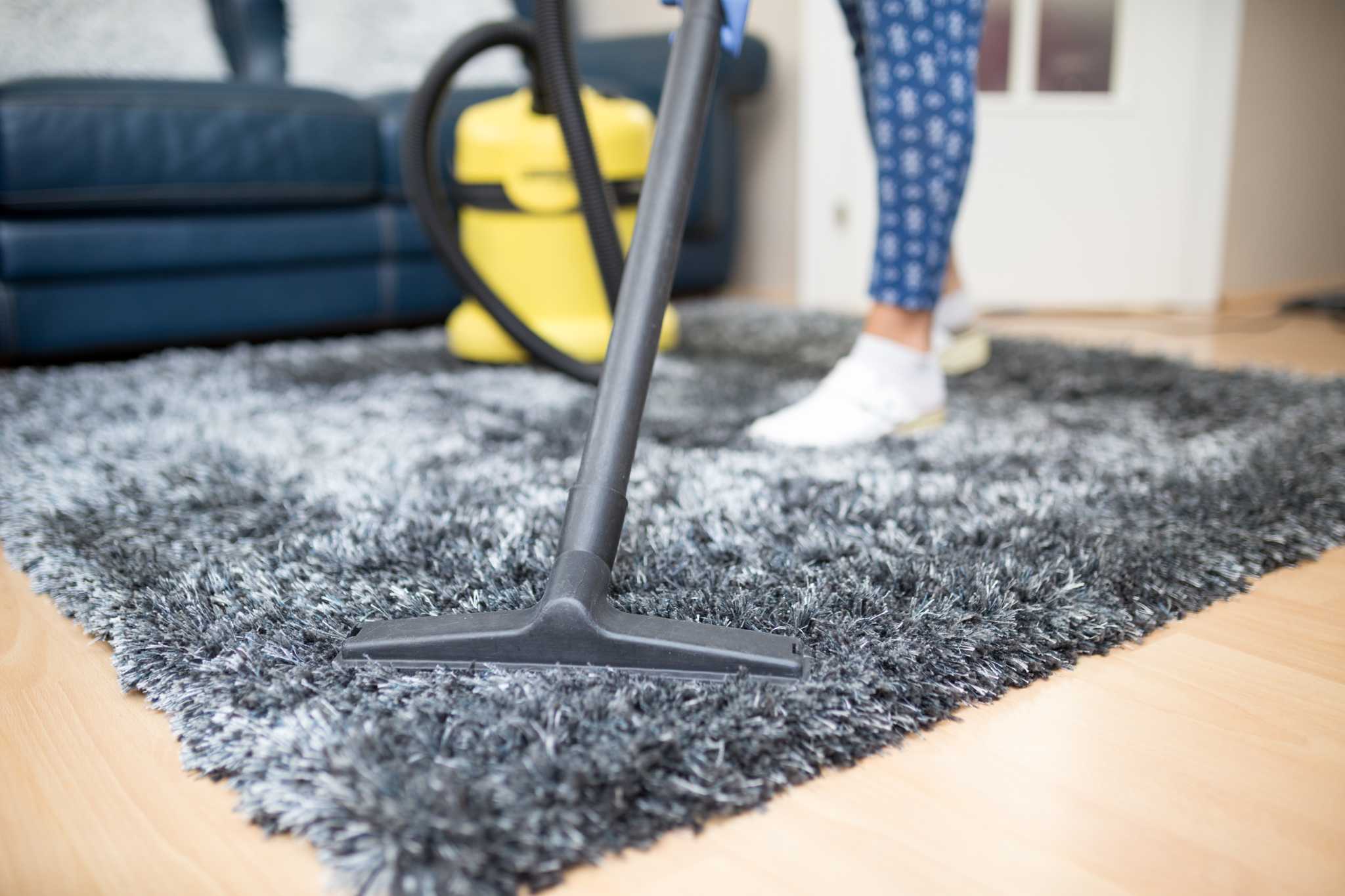

Interior Design Trends
How To Get Glass Out Of Carpet
Modified: February 18, 2024
Learn how to effectively remove glass from your carpet with these interior design trends. Keep your home safe and stylish with our expert tips.
(Many of the links in this article redirect to a specific reviewed product. Your purchase of these products through affiliate links helps to generate commission for Storables.com, at no extra cost. Learn more)
Introduction
Dealing with the presence of glass shards in your carpet can be a daunting task. Whether it's the result of a broken vase, a shattered picture frame, or an accidental spill, the potential for injury and damage to your carpet is a cause for concern. However, with the right approach and tools, you can effectively remove glass from your carpet and restore safety and comfort to your living space.
The process of removing glass from carpet requires careful attention to detail and a methodical approach to ensure that no stray shards are left behind. It's essential to proceed with caution to avoid injury and prevent the spread of tiny glass particles throughout the carpet fibers. By following a series of steps and utilizing the appropriate tools and techniques, you can effectively address this common household challenge and restore the pristine condition of your carpet.
In the following sections, we will explore a comprehensive guide to safely and effectively removing glass from your carpet. From gathering the necessary tools to employing specific cleaning methods, each step is designed to minimize the risk of injury and ensure thorough glass removal. By following these guidelines, you can navigate this challenging situation with confidence and protect the integrity of your carpet and the safety of your household.
Key Takeaways:
- Safely remove glass from carpet by using gloves, safety goggles, and a vacuum with a HEPA filter. Follow a methodical approach to ensure thorough cleaning and minimize the risk of injury.
- Utilize tape, a lint roller, and a water-vinegar solution to capture and remove remaining glass particles. Repeat vacuuming and inspections to ensure a safe and pristine living environment.
Read more: How To Get Turmeric Out Of A Carpet
Step 1: Gather necessary tools
Before embarking on the task of removing glass from your carpet, it's crucial to gather the necessary tools to ensure a safe and effective process. These tools will not only aid in the removal of visible glass fragments but also help in minimizing the risk of injury and preventing further damage to the carpet fibers.
-
Thick Gloves: Begin by equipping yourself with a pair of thick, durable gloves to protect your hands from potential cuts and injuries. Opt for gloves made of sturdy materials such as leather or heavy-duty rubber to provide adequate protection while handling the glass shards.
-
Safety Goggles: Protecting your eyes is equally important when dealing with glass fragments. Safety goggles or protective eyewear will shield your eyes from potential splinters and airborne glass particles during the removal process.
-
Tongs or Tweezers: Utilize tongs or tweezers to carefully pick up and remove larger pieces of glass from the carpet. These tools allow for precise handling of the shards, minimizing the risk of further breakage and facilitating safe disposal.
-
Vacuum Cleaner: A powerful vacuum cleaner with a detachable hose and nozzle attachment is essential for thorough glass removal. Ensure that the vacuum is equipped with a high-efficiency particulate air (HEPA) filter to effectively capture tiny glass particles and prevent them from dispersing into the air.
-
Duct Tape or Masking Tape: Employ duct tape or masking tape to lift smaller glass fragments and shards that may be embedded within the carpet fibers. The adhesive nature of the tape provides a simple yet effective method for collecting residual glass particles.
-
Lint Roller: A lint roller can be used to gently roll over the carpet surface, picking up any remaining tiny glass particles that may have been missed during the initial cleaning process.
-
White Vinegar and Water: Prepare a solution of white vinegar and water in a spray bottle. This mixture will be used to dampen the carpet fibers and aid in the removal of minuscule glass shards that may be difficult to spot with the naked eye.
By ensuring that you have these essential tools at your disposal, you can approach the glass removal process with confidence and precision. These tools are designed to minimize the risk of injury and facilitate a thorough cleaning, setting the stage for a successful glass removal endeavor.
Step 2: Remove large pieces of glass
Once you have gathered the necessary tools for the glass removal process, the next step is to focus on the extraction of large pieces of glass from the carpet. This step is crucial in minimizing the risk of injury and preventing further damage to the carpet fibers. By employing a methodical approach and utilizing the appropriate tools, you can effectively address the visible glass fragments embedded in the carpet.
Begin by donning the thick gloves and safety goggles to protect yourself from potential injuries. Carefully inspect the affected area of the carpet, identifying any sizable glass shards that are visible to the naked eye. Using tongs or tweezers, gently grasp each large piece of glass, ensuring a firm grip to prevent breakage, and lift it from the carpet surface. Exercise caution and patience during this process to avoid causing additional damage to the carpet fibers and to minimize the risk of injury.
As you remove each large piece of glass, place it in a designated container or a sturdy disposable bag. This containment method ensures that the glass shards are safely secured and prevents the risk of accidental contact or further dispersion. Avoid using your bare hands to handle the glass, as this can lead to potential cuts and injuries. Instead, rely on the protective barrier provided by the gloves and exercise precision in the extraction process.
Once all visible large pieces of glass have been carefully removed, proceed to dispose of them in a secure manner. Seal the container or bag containing the glass shards and label it appropriately to indicate its contents. If local regulations require specific disposal methods for glass, ensure that you adhere to these guidelines to promote safety and environmental responsibility.
By effectively removing the large pieces of glass from the carpet, you have taken a significant step toward mitigating the immediate risk posed by the presence of glass shards. This meticulous extraction process sets the stage for the subsequent cleaning and removal methods, allowing for a more thorough and safe glass removal experience. With the visible glass fragments addressed, you can proceed to the next steps with confidence, knowing that the risk of injury and damage has been significantly reduced.
Step 3: Vacuum the area
After successfully removing the visible large pieces of glass from the carpet, the next crucial step in the glass removal process is to thoroughly vacuum the affected area. Vacuuming serves as a pivotal method for capturing tiny glass particles that may be embedded within the carpet fibers and ensuring a comprehensive cleaning of the impacted space.
Begin by preparing the vacuum cleaner with a detachable hose and nozzle attachment, as these components are essential for targeting specific areas and effectively capturing the glass particles. It is imperative to use a vacuum cleaner equipped with a high-efficiency particulate air (HEPA) filter to prevent the dispersion of tiny glass fragments into the air during the cleaning process. The HEPA filter is designed to trap microscopic particles, including glass shards, ensuring that they are securely contained within the vacuum.
Carefully maneuver the vacuum cleaner over the entire affected area, paying close attention to the carpet fibers and any crevices where glass particles may be lodged. Employ slow and deliberate movements to allow the vacuum to effectively capture the tiny glass fragments, ensuring a thorough cleaning. It is advisable to make multiple passes over the area to maximize the removal of any remaining glass particles that may not be immediately visible.
In addition to vacuuming the carpet surface, it is essential to address surrounding areas such as baseboards, edges, and any nearby upholstery or furniture that may have been affected by the glass spill. By extending the vacuuming process to these adjacent spaces, you can minimize the risk of overlooking stray glass particles and ensure a comprehensive cleaning effort.
As you proceed with the vacuuming process, periodically inspect the vacuum cleaner's filter and canister to monitor the collection of glass particles. Empty the canister as needed to prevent the accumulation of glass debris and maintain the vacuum's optimal cleaning performance. This proactive approach ensures that the vacuum cleaner continues to effectively capture the glass particles without being hindered by a full canister.
By diligently vacuuming the affected area and its surroundings, you are taking proactive measures to eliminate any residual glass particles and promote a safe and clean environment. This meticulous cleaning process sets the stage for the subsequent steps in the glass removal endeavor, laying the foundation for a thorough and effective resolution to the presence of glass in the carpet.
Remember, the vacuuming process is a critical component of the glass removal journey, and its thorough execution is instrumental in achieving a successful outcome. With the glass particles effectively captured and contained, you can proceed with confidence to the next steps, knowing that the risk of injury and further carpet damage has been significantly mitigated.
Step 4: Use a damp cloth or sponge
After vacuuming the affected area, the next crucial step in the glass removal process involves the use of a damp cloth or sponge to address any remaining glass particles that may be embedded within the carpet fibers. This methodical approach aims to further enhance the cleanliness of the carpet and ensure the thorough removal of glass debris, promoting a safe and pristine living environment.
To begin, prepare a clean cloth or sponge and dampen it with water. It is essential to use a white or light-colored cloth to facilitate the visibility of any glass particles that may adhere to the fabric. Avoid using colored or patterned cloths, as they may obscure the detection of tiny glass fragments.
Gently blot the damp cloth or sponge over the affected area of the carpet, focusing on spots where glass shards may be present. The dampness of the cloth aids in capturing any minuscule glass particles that may have evaded the vacuuming process, effectively adhering to the fabric and facilitating their removal from the carpet fibers.
Exercise caution and patience during this process, ensuring that the cloth or sponge makes direct contact with the carpet surface to maximize the collection of glass debris. Employ gentle pressure while blotting the area, allowing the damp fabric to effectively adhere to any residual glass particles and lift them from the carpet fibers.
Periodically inspect the cloth or sponge to assess the presence of glass particles. If any shards are detected on the fabric, carefully remove them and dispose of them in a secure manner. This proactive approach ensures that the glass debris is effectively contained and prevents the risk of accidental contact or recontamination of the carpet.
Continue blotting the affected area with the damp cloth or sponge, making deliberate and thorough movements to cover the entire space. By systematically addressing the carpet surface, you can effectively capture any remaining glass particles and promote a comprehensive cleaning effort.
As you progress through this step, periodically rinse the cloth or sponge and wring out excess moisture to maintain its effectiveness. This ensures that the fabric remains capable of capturing and removing glass debris without introducing excessive moisture to the carpet.
By employing the use of a damp cloth or sponge, you are taking proactive measures to address any residual glass particles and enhance the cleanliness of the carpet. This meticulous approach sets the stage for the subsequent steps in the glass removal process, laying the foundation for a successful resolution to the presence of glass in the carpet.
Remember, the use of a damp cloth or sponge serves as a pivotal method for capturing and removing any remaining glass debris, promoting a safe and pristine living environment. With this step completed, you can proceed with confidence to the subsequent methods, knowing that the thorough removal of glass from the carpet is well underway.
Use a piece of bread to gently press over the glass shards. The bread will pick up the small pieces that are hard to see and remove them from the carpet. Be careful not to press too hard to avoid getting cut.
Read more: How To Get Lotion Out Of Carpet
Step 5: Use tape or a lint roller
After employing the previous steps to address the presence of glass in your carpet, the next crucial method in the glass removal process involves the use of tape or a lint roller to capture any remaining glass particles that may be embedded within the carpet fibers. This meticulous approach aims to further enhance the cleanliness of the carpet and ensure the comprehensive removal of glass debris, promoting a safe and pristine living environment.
Begin by utilizing duct tape or masking tape to gently press and lift over the affected area of the carpet. The adhesive nature of the tape provides a simple yet effective method for collecting residual glass particles that may have evaded previous cleaning methods. As the tape makes contact with the carpet fibers, it adheres to any tiny glass fragments, effectively lifting them from the surface and capturing them within the tape's adhesive.
Employ deliberate and methodical movements as you maneuver the tape over the carpet, ensuring comprehensive coverage of the impacted area. By systematically addressing the carpet surface, you can effectively capture any remaining glass particles and promote a thorough cleaning effort. If necessary, use fresh sections of tape as you progress to maintain optimal adhesion and maximize the collection of glass debris.
In addition to using tape, a lint roller can serve as a valuable tool for capturing any residual glass particles that may persist within the carpet fibers. Gently roll the lint roller over the affected area, applying light pressure to facilitate the adherence of any tiny glass fragments. The sticky surface of the lint roller effectively captures and lifts the glass debris from the carpet, promoting a meticulous cleaning process.
As you utilize tape or a lint roller, periodically inspect the adhesive surface to assess the presence of glass particles. If any shards are detected, carefully remove the tape or sheet from the lint roller and dispose of it in a secure manner. This proactive approach ensures that the glass debris is effectively contained and prevents the risk of accidental contact or recontamination of the carpet.
By incorporating the use of tape or a lint roller, you are taking proactive measures to capture any remaining glass particles and enhance the cleanliness of the carpet. This meticulous approach sets the stage for the subsequent steps in the glass removal process, laying the foundation for a successful resolution to the presence of glass in the carpet.
Remember, the use of tape or a lint roller serves as a pivotal method for capturing and removing any remaining glass debris, promoting a safe and pristine living environment. With this step completed, you can proceed with confidence to the subsequent methods, knowing that the thorough removal of glass from the carpet is well underway.
Step 6: Use a mixture of water and vinegar
In the process of removing glass from your carpet, the utilization of a mixture of water and vinegar serves as a pivotal method for addressing any remaining glass particles and enhancing the cleanliness of the affected area. This meticulous approach aims to ensure the comprehensive removal of glass debris, promoting a safe and pristine living environment.
To initiate this step, prepare a solution by combining equal parts of white vinegar and water in a spray bottle. The acidic properties of white vinegar, when diluted with water, create a gentle yet effective cleaning solution that aids in the removal of minuscule glass shards that may be difficult to spot with the naked eye. The application of this solution serves to dampen the carpet fibers and facilitate the adherence and capture of any remaining glass particles.
Carefully mist the affected area of the carpet with the water and vinegar solution, ensuring even coverage over the impacted space. The dampness of the solution promotes the adherence of tiny glass fragments, effectively capturing them within the carpet fibers and facilitating their removal. Exercise caution to avoid oversaturation of the carpet, as excessive moisture can hinder the cleaning process and prolong drying time.
Allow the water and vinegar solution to remain on the carpet for a brief period, enabling it to effectively interact with any residual glass particles. This brief dwell time enhances the solution's efficacy in capturing and lifting the glass debris from the carpet fibers, promoting a thorough cleaning effort.
Following the application of the water and vinegar solution, gently blot the dampened area with a clean cloth or sponge to further facilitate the removal of glass particles. The combination of the solution's dampening effect and the blotting action aids in dislodging any remaining glass debris, ensuring a meticulous cleaning process.
As you progress through this step, periodically assess the carpet surface for the presence of glass particles. If any shards are detected, continue to mist the area with the water and vinegar solution and repeat the blotting process to capture and remove the remaining debris effectively.
By incorporating the use of a water and vinegar solution, you are taking proactive measures to address any residual glass particles and enhance the cleanliness of the carpet. This meticulous approach sets the stage for the subsequent steps in the glass removal process, laying the foundation for a successful resolution to the presence of glass in the carpet.
With this step completed, you can proceed with confidence to the subsequent methods, knowing that the thorough removal of glass from the carpet is well underway.
Step 7: Repeat vacuuming and inspection
After diligently following the preceding steps to address the presence of glass in your carpet, it is essential to emphasize the significance of repeating the vacuuming process and conducting thorough inspections. This final step serves as a critical measure to ensure the comprehensive removal of any remaining glass particles and to verify the effectiveness of the cleaning efforts.
Commence this step by preparing the vacuum cleaner with a detachable hose and nozzle attachment, ensuring that the high-efficiency particulate air (HEPA) filter is in place to capture any residual glass fragments. Methodically maneuver the vacuum over the entire affected area, paying meticulous attention to the carpet fibers and any potential crevices where glass particles may be lodged. Employ deliberate and thorough movements to facilitate the capture of any remaining glass debris, making multiple passes to maximize the cleaning efficacy.
As you repeat the vacuuming process, extend the cleaning effort to encompass surrounding areas such as baseboards, edges, and any adjacent upholstery or furniture. By addressing these additional spaces, you can minimize the risk of overlooking stray glass particles and ensure a comprehensive cleaning endeavor. Periodically inspect the vacuum cleaner's filter and canister, emptying the contents as needed to maintain optimal cleaning performance and prevent the accumulation of glass debris.
Following the repeat vacuuming, conduct a meticulous inspection of the carpet surface, scrutinizing for any signs of remaining glass particles. Employ a flashlight or bright light source to illuminate the area, as this can aid in the detection of tiny glass fragments that may be challenging to spot under normal lighting conditions. Proceed with a systematic assessment, focusing on areas where glass may have been previously detected or areas of high foot traffic.
If any residual glass particles are identified during the inspection, employ the previously outlined methods, such as the use of a damp cloth or sponge, tape, or a lint roller, to capture and remove the remaining debris. Exercise patience and precision during this process, ensuring that all potential sources of glass contamination are thoroughly addressed.
By repeating the vacuuming process and conducting meticulous inspections, you are reinforcing the thoroughness of the glass removal endeavor and promoting a safe and pristine living environment. This final step serves as a proactive measure to verify the effectiveness of the cleaning methods and to address any remaining glass particles, ensuring that the carpet is free from potential hazards.
With this step completed, you can proceed with confidence, knowing that the glass removal process has been approached with diligence and precision, and the risk of injury and further carpet damage has been effectively mitigated.
Conclusion
In conclusion, the process of removing glass from your carpet demands a methodical approach and the utilization of specific tools and techniques to ensure a safe and effective outcome. By following the comprehensive guide outlined in this article, you have equipped yourself with the knowledge and strategies necessary to address the presence of glass shards in your carpet with confidence and precision.
The initial step of gathering the necessary tools, including thick gloves, safety goggles, tongs or tweezers, a vacuum cleaner with a HEPA filter, duct tape or masking tape, a lint roller, and a water and vinegar solution, sets the stage for a proactive and well-prepared glass removal endeavor. These essential tools serve as the foundation for the subsequent cleaning methods and play a pivotal role in minimizing the risk of injury and promoting a thorough cleaning process.
The meticulous approach of removing large pieces of glass, followed by thorough vacuuming, the use of a damp cloth or sponge, and the employment of tape or a lint roller, ensures that visible and embedded glass particles are effectively captured and removed from the carpet fibers. The application of a water and vinegar solution further enhances the cleaning process, addressing any remaining glass debris and promoting a safe and pristine living environment.
The final step of repeating the vacuuming process and conducting thorough inspections serves as a critical measure to verify the effectiveness of the cleaning efforts and ensure the comprehensive removal of any remaining glass particles. This proactive approach reinforces the thoroughness of the glass removal endeavor and provides assurance that the carpet is free from potential hazards.
By diligently following each step and method outlined in this guide, you have taken proactive measures to address the presence of glass in your carpet and promote the safety and well-being of your household. The careful execution of these methods not only ensures the thorough removal of glass debris but also contributes to the preservation of the carpet's integrity and cleanliness.
As you reflect on the journey of removing glass from your carpet, it is essential to acknowledge the significance of patience, caution, and attention to detail throughout the process. By approaching this task with diligence and precision, you have successfully navigated a common household challenge and restored safety and comfort to your living space.
In the event of any lingering concerns or challenges related to glass removal, it is advisable to seek professional assistance to address the situation effectively. Your proactive approach to addressing the presence of glass in your carpet exemplifies a commitment to maintaining a safe and inviting living environment for yourself and your loved ones.
With the knowledge and strategies acquired from this guide, you are well-equipped to address the presence of glass in your carpet with confidence and precision, ensuring a safe and pristine living environment for the future.
Frequently Asked Questions about How To Get Glass Out Of Carpet
Was this page helpful?
At Storables.com, we guarantee accurate and reliable information. Our content, validated by Expert Board Contributors, is crafted following stringent Editorial Policies. We're committed to providing you with well-researched, expert-backed insights for all your informational needs.
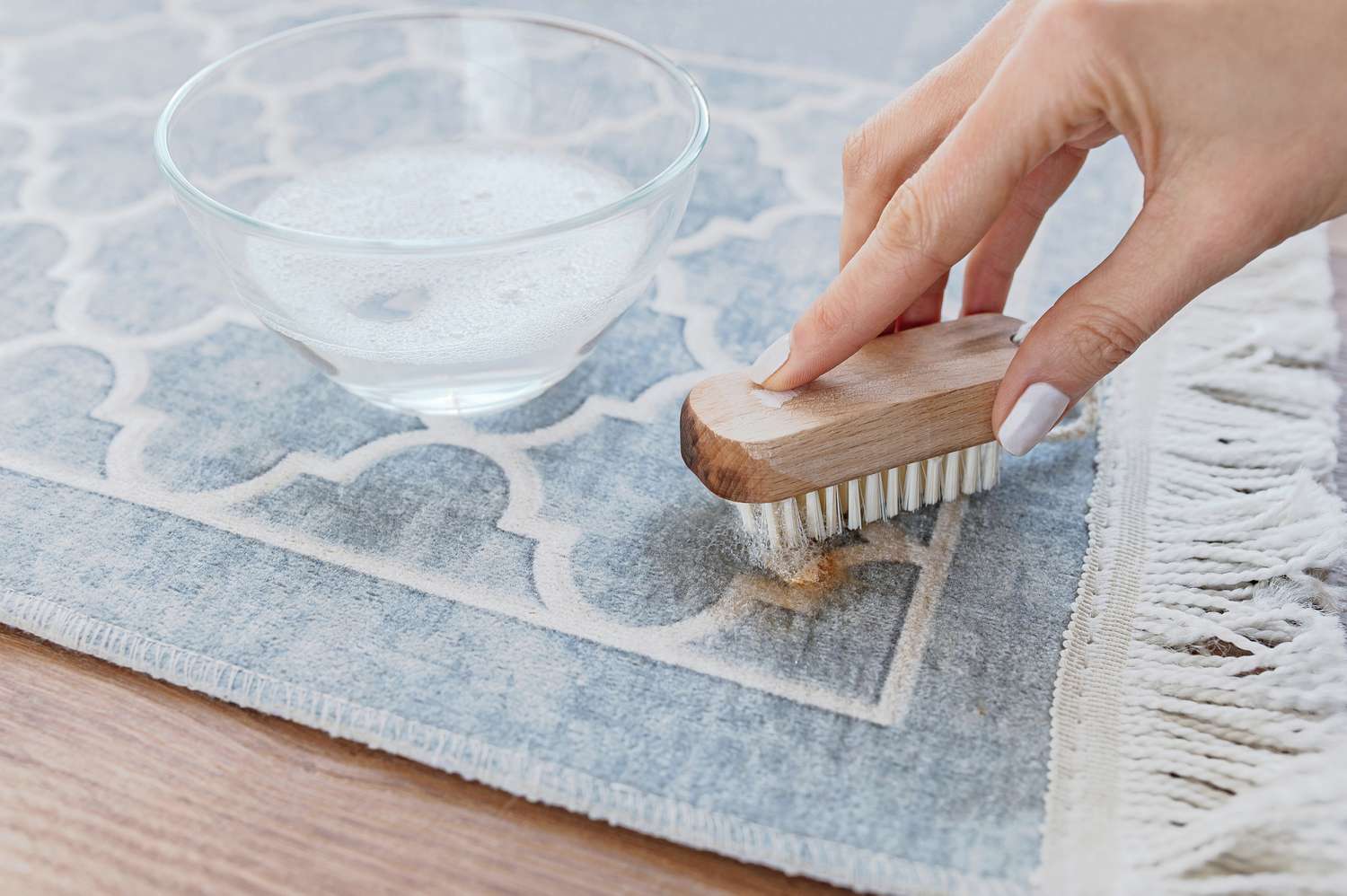
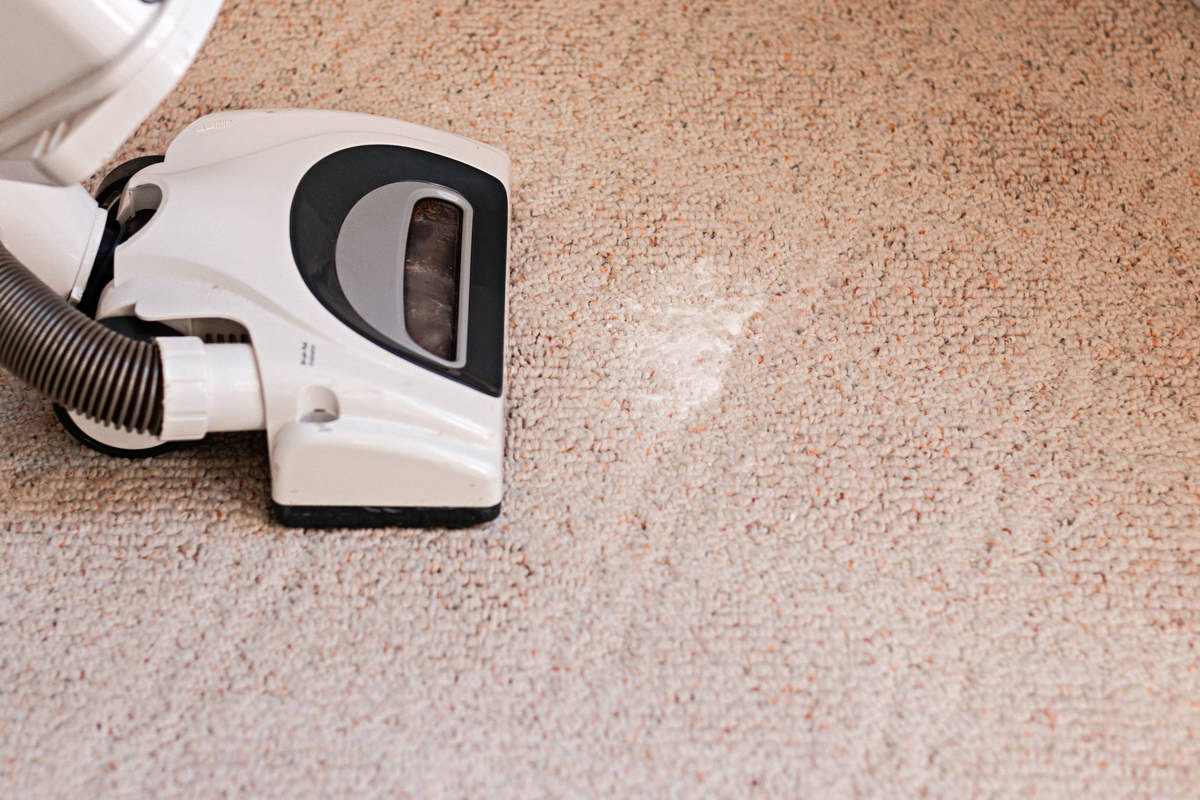
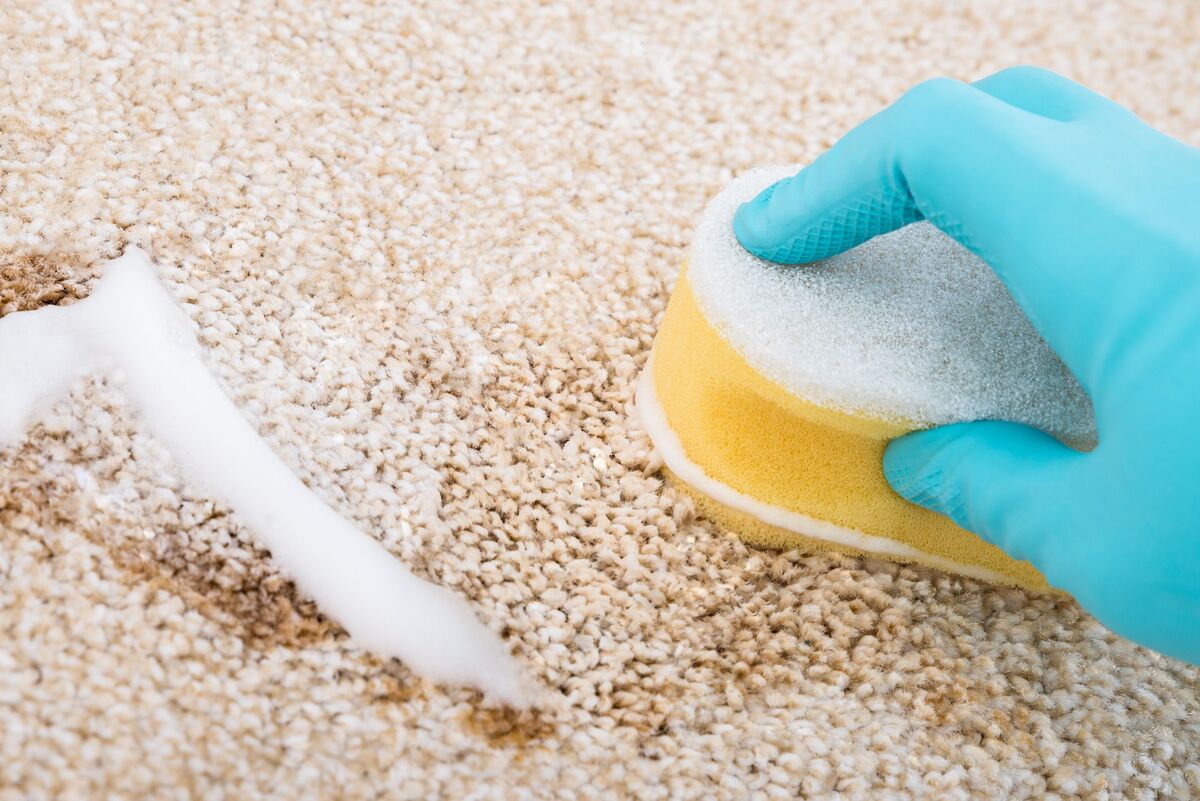
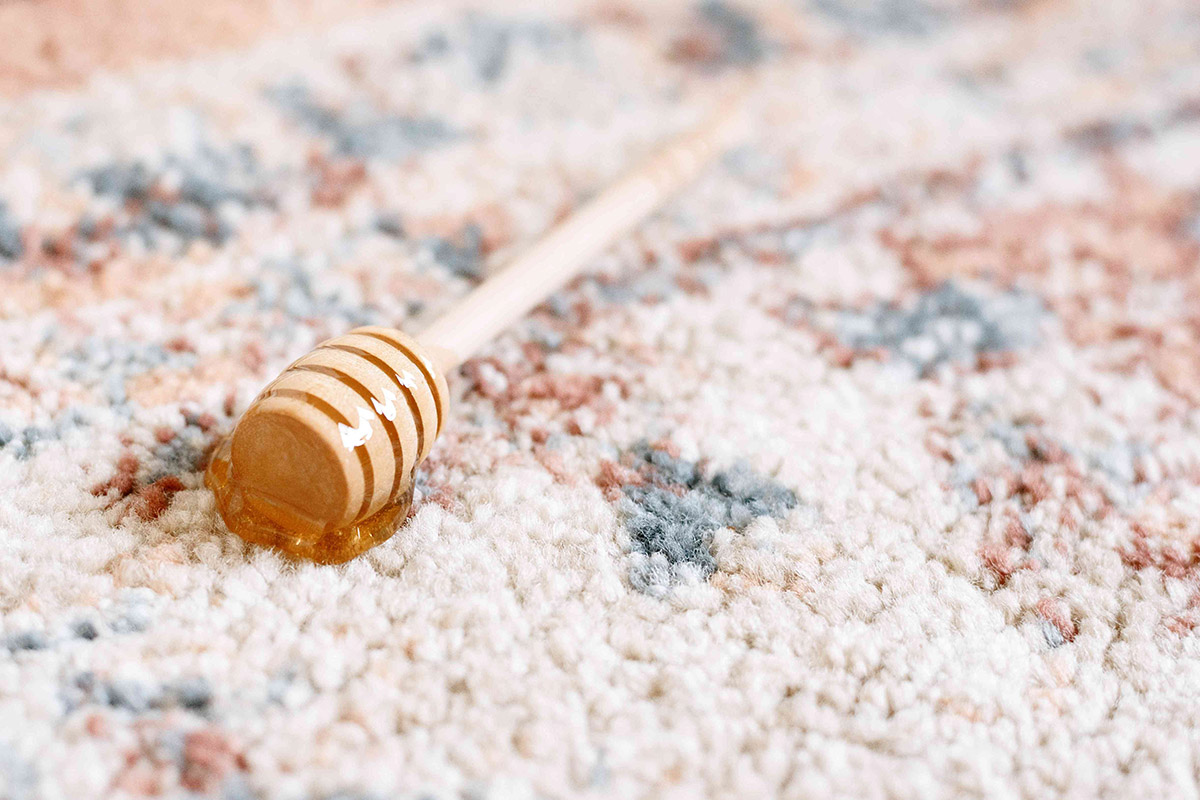
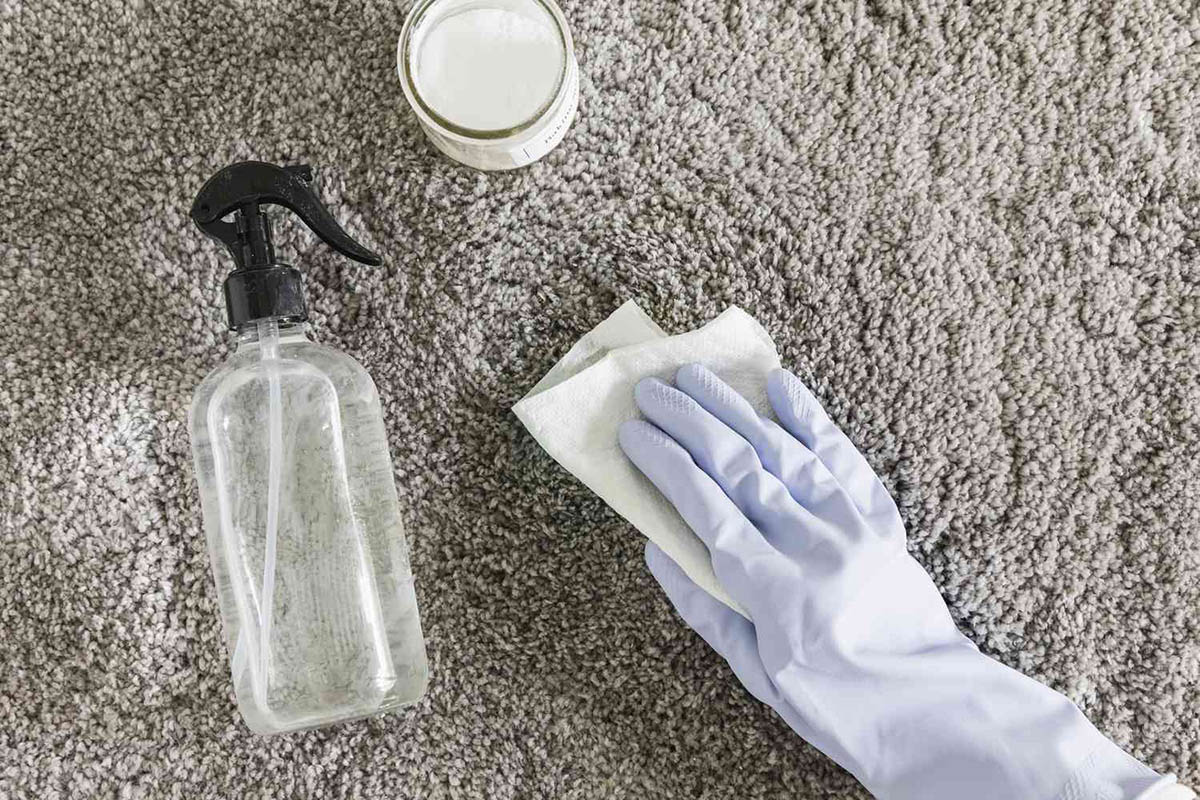
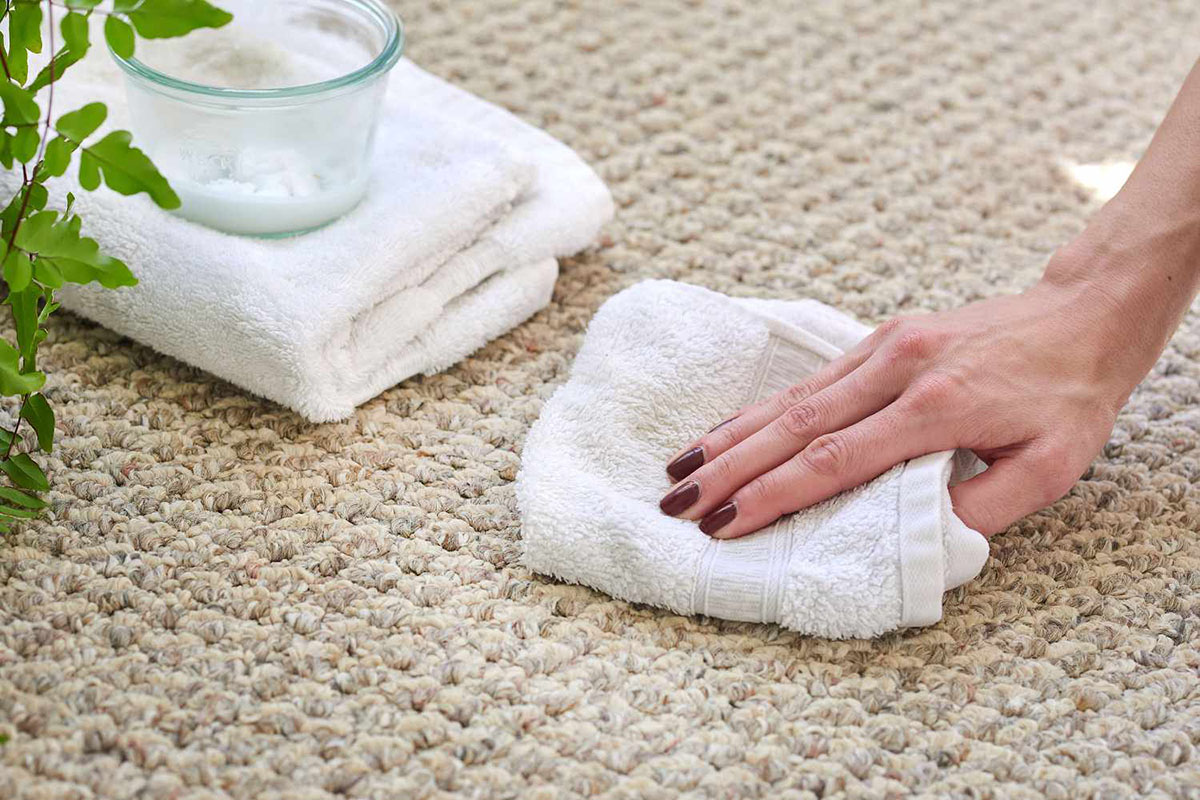
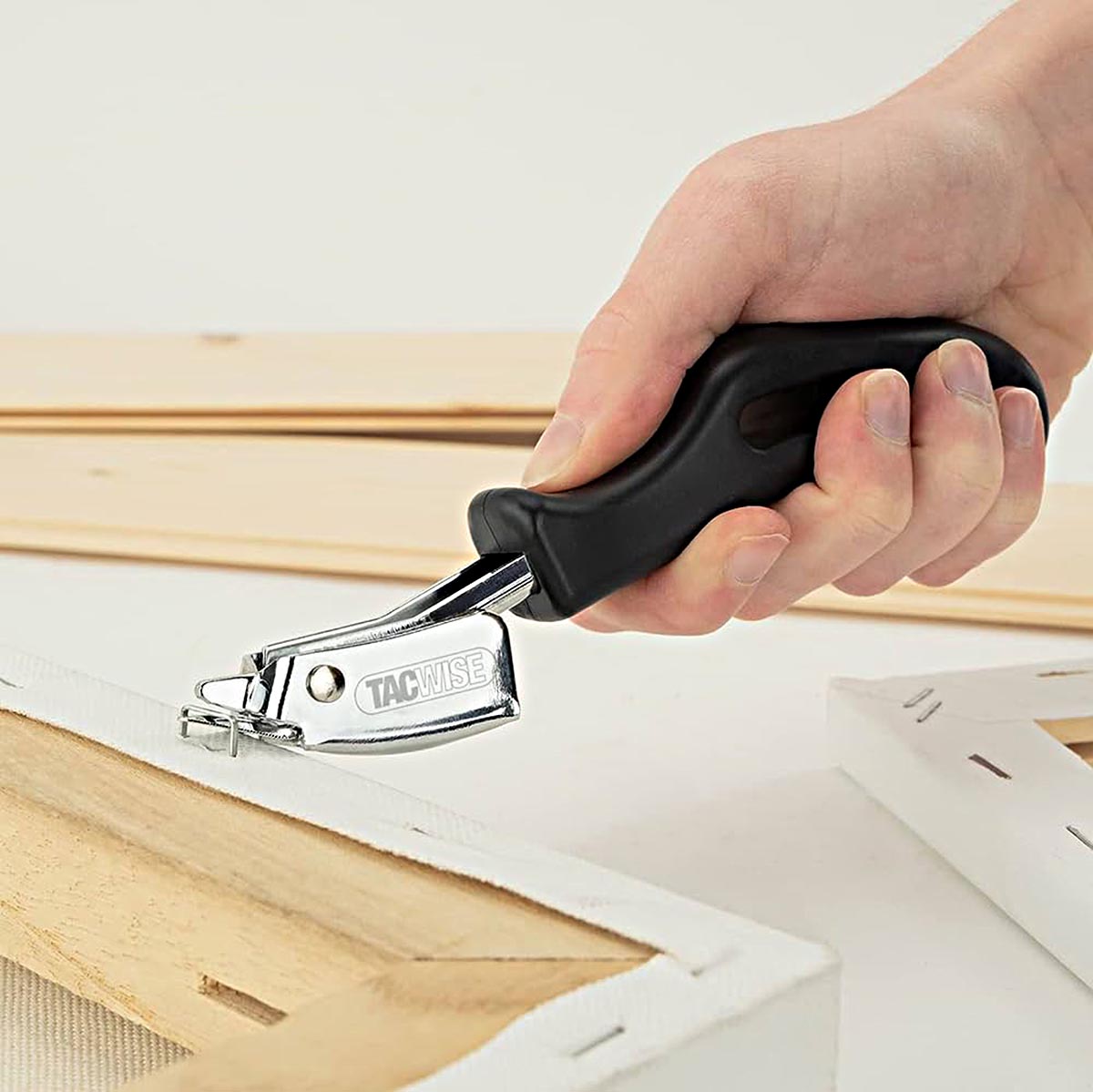
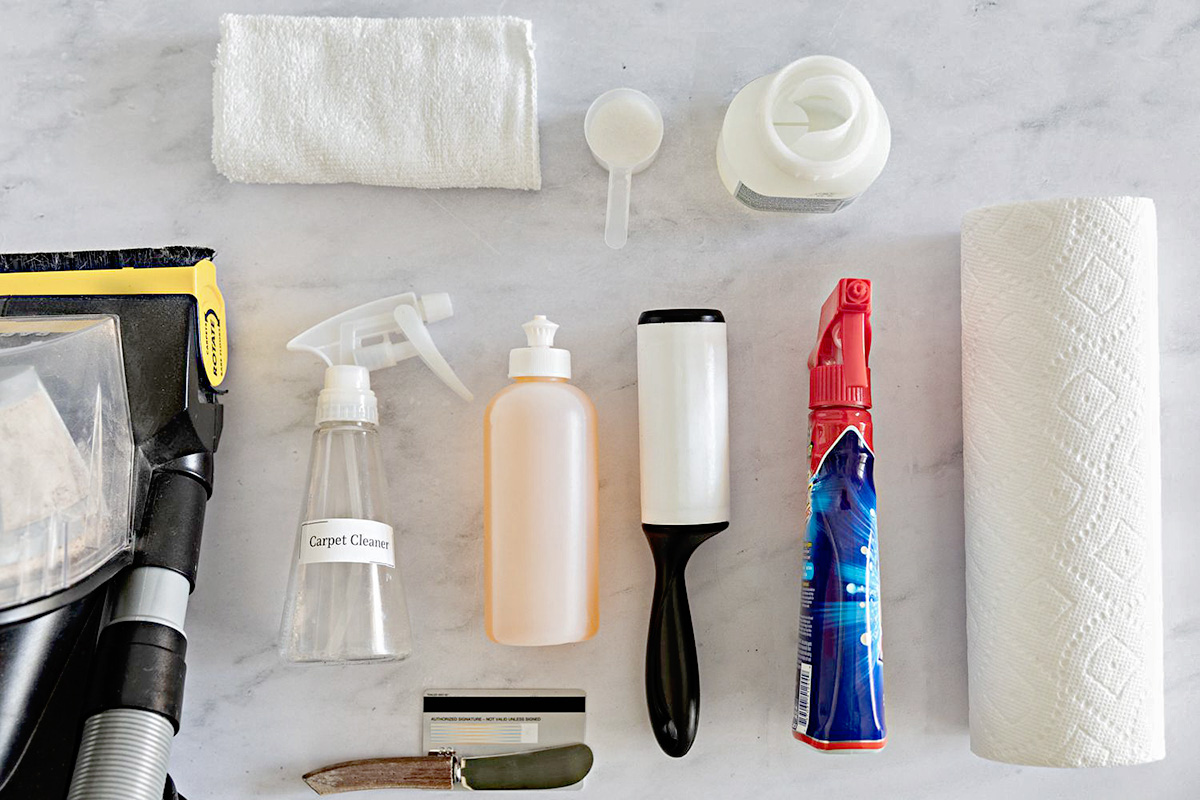
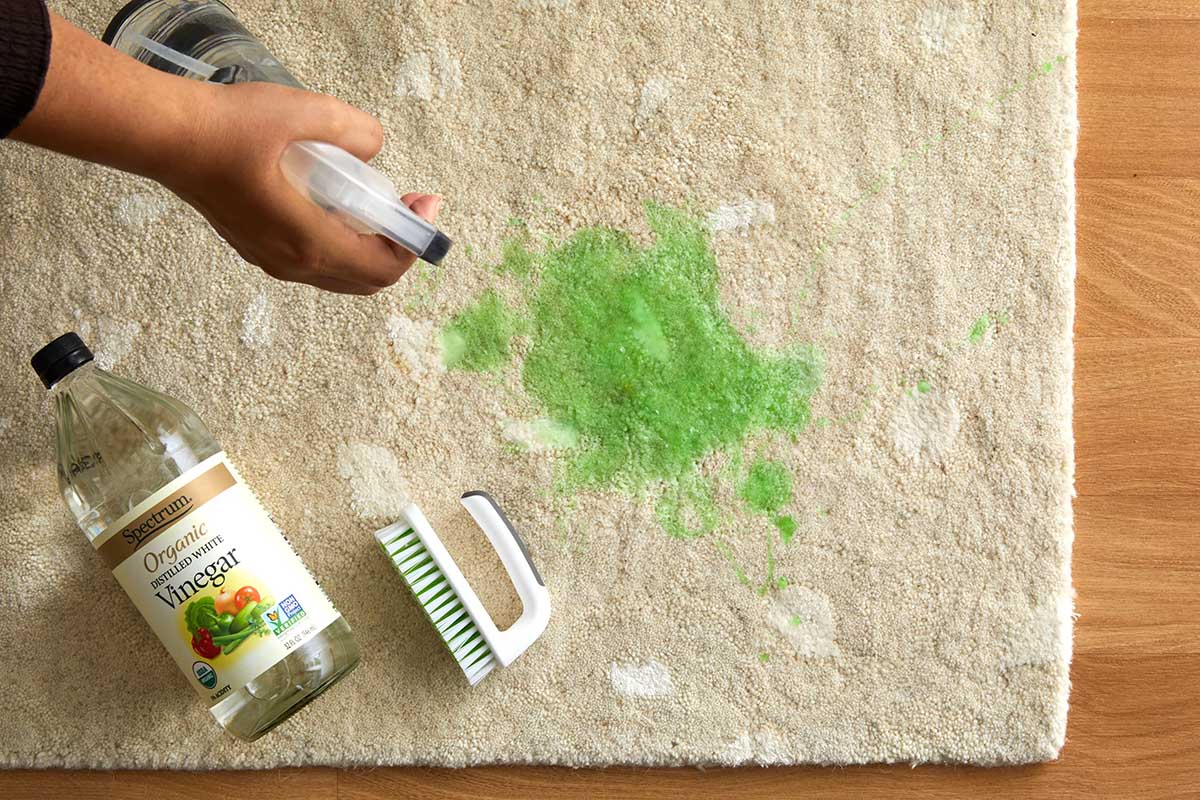
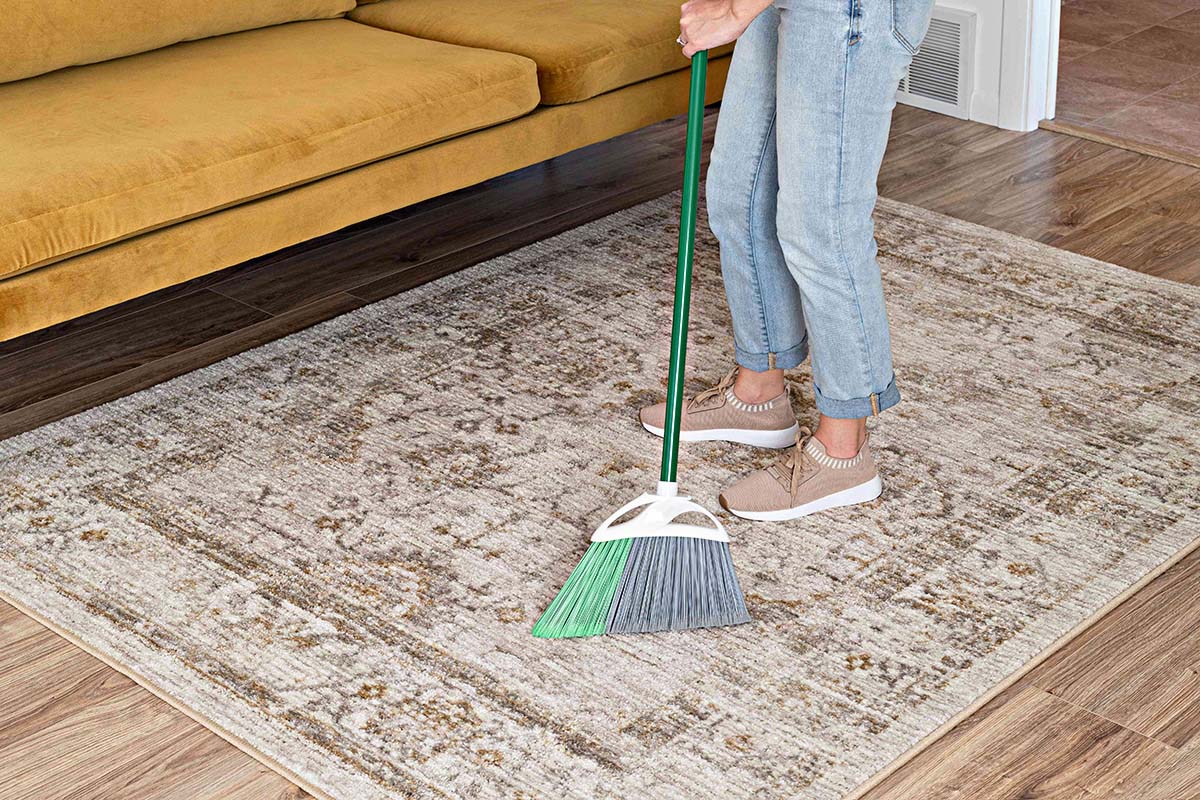
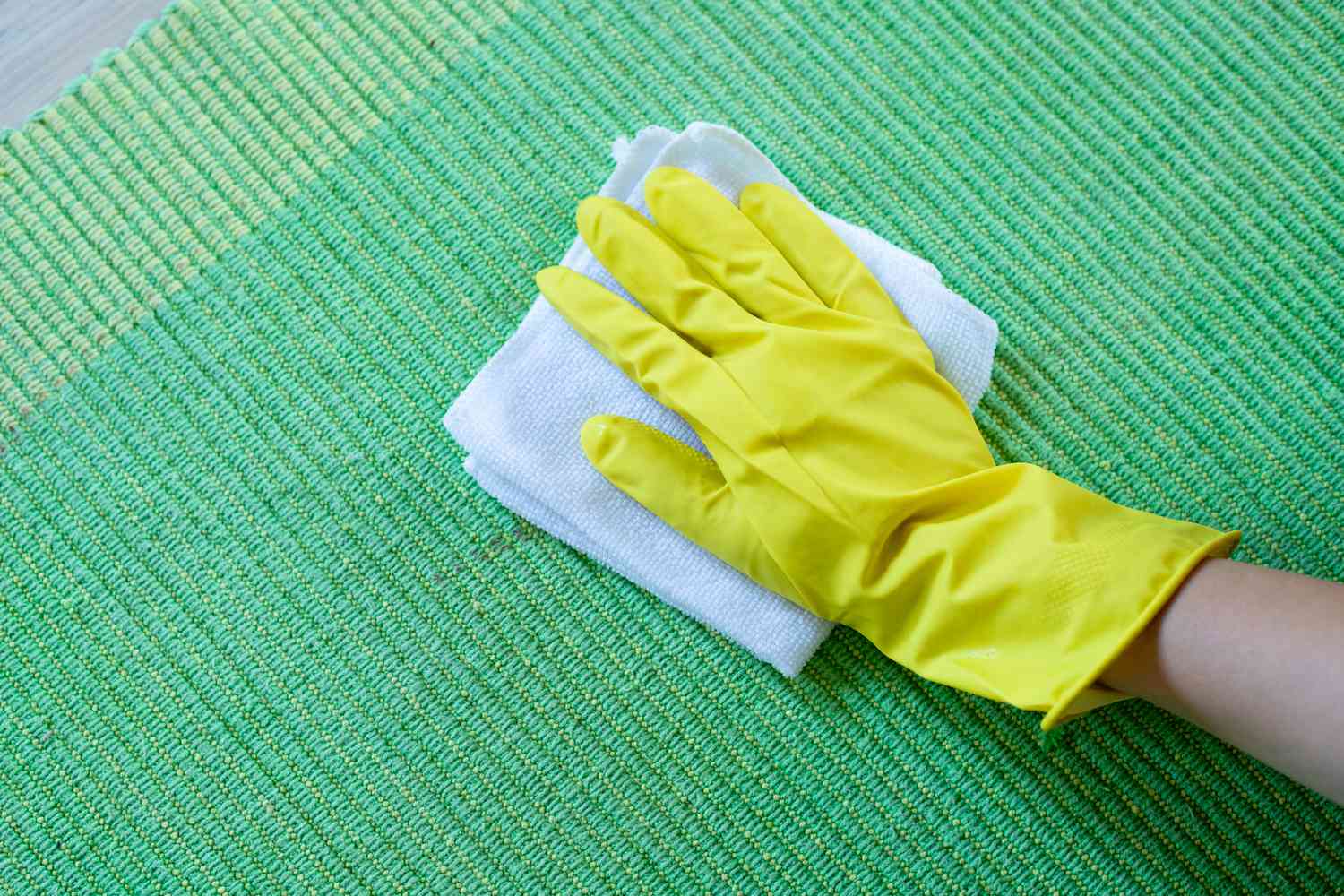
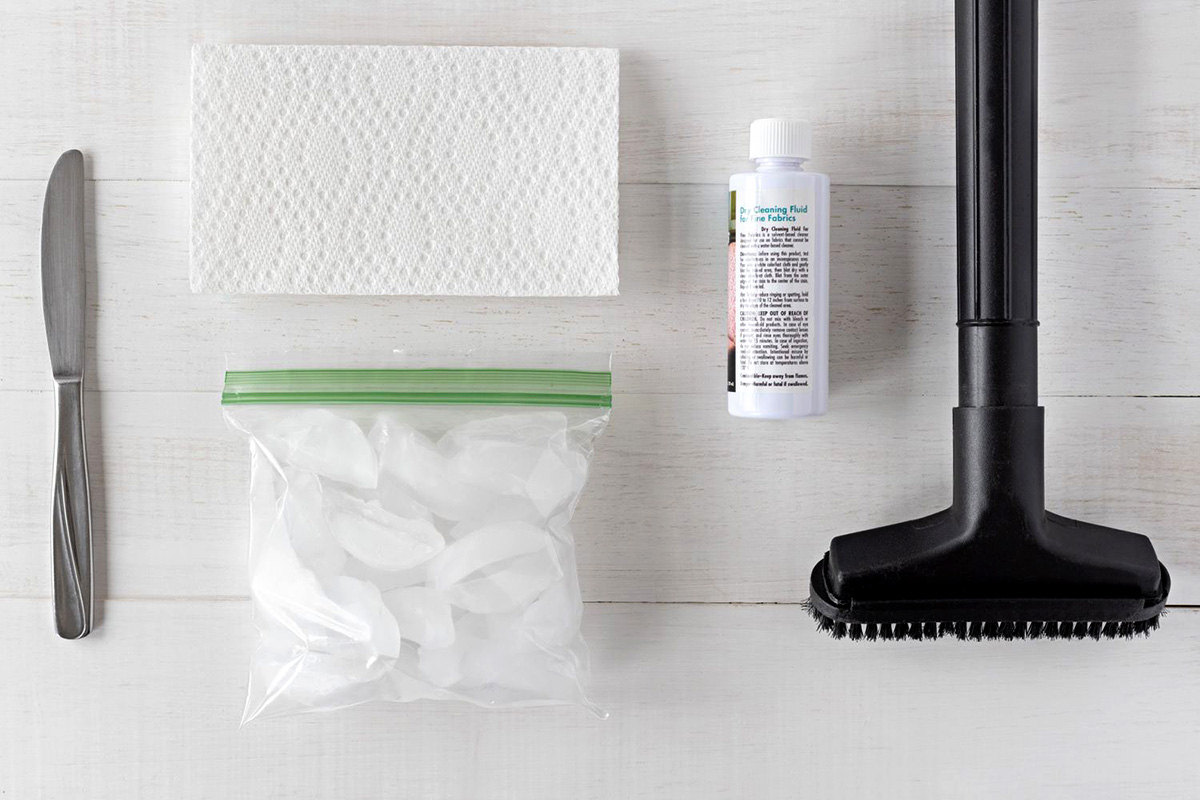
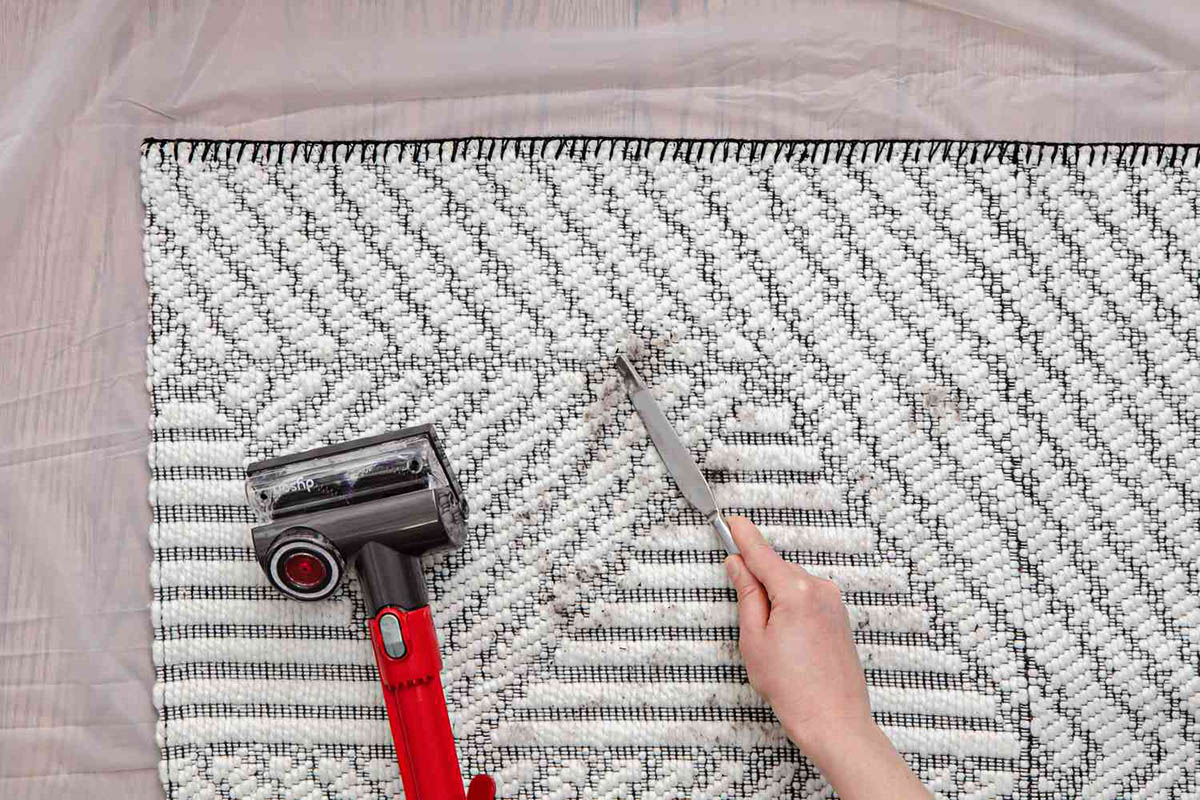
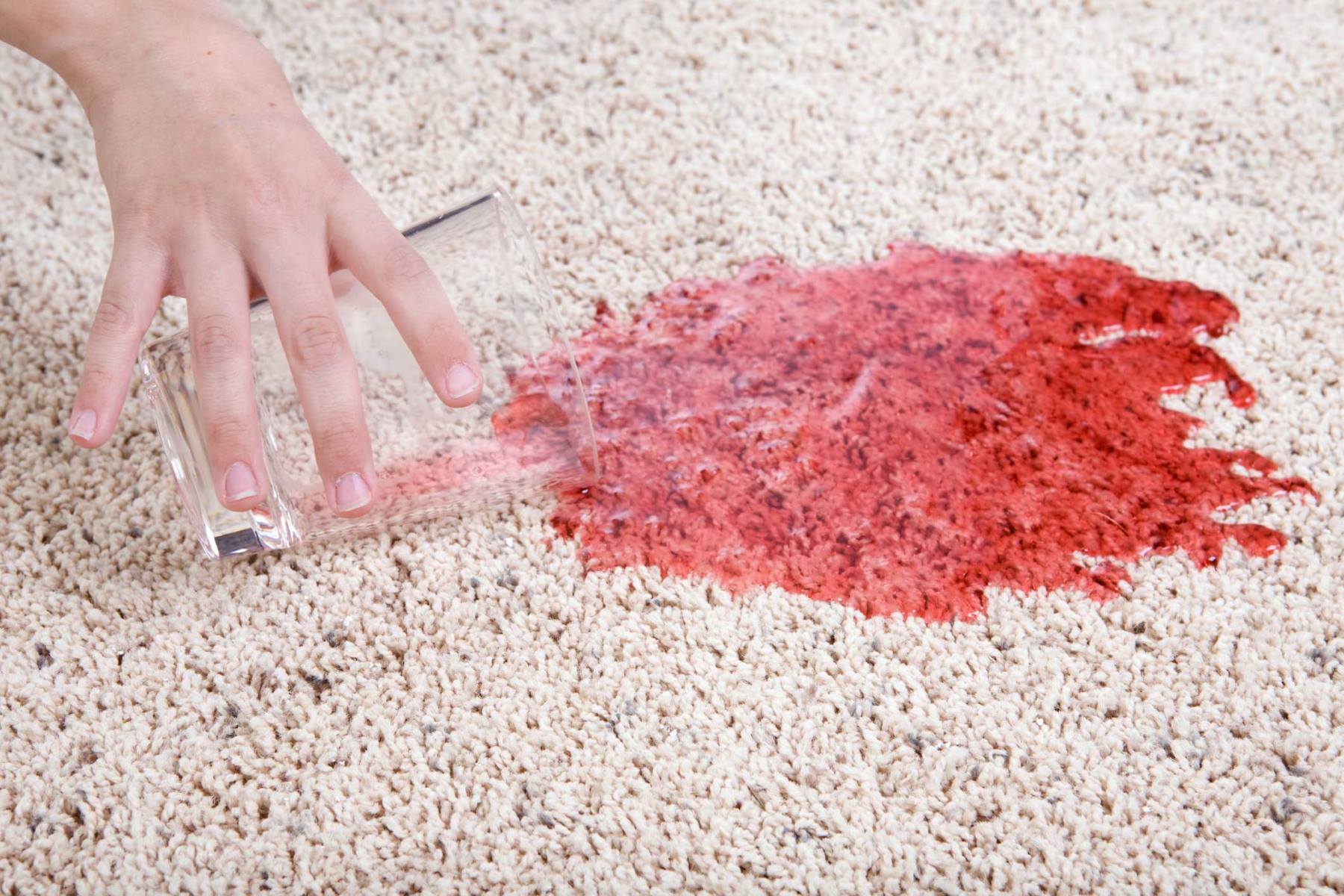

0 thoughts on “How To Get Glass Out Of Carpet”